What Can Functional Fitness Do For You?
Functional fitness is a type of work out that concentrates specifically on training your body to cope with real-life situations using real-life body mechanics. This revolutionary technique takes fitness to a whole new level by combining multiple muscle groups and joint movements to work together rather than isolating them to function separately.
Working out on the machines is terrific; however, the machines don’t prepare you for everyday life. A patient, Laura came to me after a back injury and said, “I don’t understand, I went to the gym 3 times a week and felt much stronger, yet when I went on my trip and had to carry my suitcase by myself, I hurt my back. How could that be? That’s because exercising on a machine and performing functional exercise is quite different. Here’s why…
EXAMPLE OF FUNCTIONAL FITNESS EXERCISE:
Tricep extensions performed with dumbbells on a bench is a functional fitness exercise. A seated tricep extension performed on a machine is not. Exercises performed on either a bench or without the use of machines integrates muscles of the back, shoulders, arms, and legs to stabilize your body making the exercise dynamic, meaning your body is in motion. When comparing this dynamic exercise to an occupational therapist bending over to transfer a patient, or a person putting away groceries, they are similar because both functional activities require the person to use a variety of muscles.
However, if you do a seated tricep extension on a machine that isolates the tricep muscle, guess what is doing the work? The machine does most of the work and that movement doesn’t mimic real-life activities. Because in real life, when you’re carrying suitcases, bending over to retrieve something, reaching into your closet, you don’t just use one muscle group to perform functional activities.
That’s why you can train at the gym for months and even years on the machine and one day you go to put groceries in the car and ouch – you strained your back!
Machine-based exercises also limit your range of motion and therefore don’t allow your body full range of movement that is required of you when doing day to day activities.
In this tough economy there is a multitude of reasons for you to incorporate functional fitness into your exercise routine:
Benefits Include:
- No expensive equipment.
- Decrease back pain, shoulder pain, neck pain
- Decrease risk of injury o Enhance joint mobility
- Keeps you doing all the things you love and need to do
- Can be done by virtually anyone, regardless of fitness level




